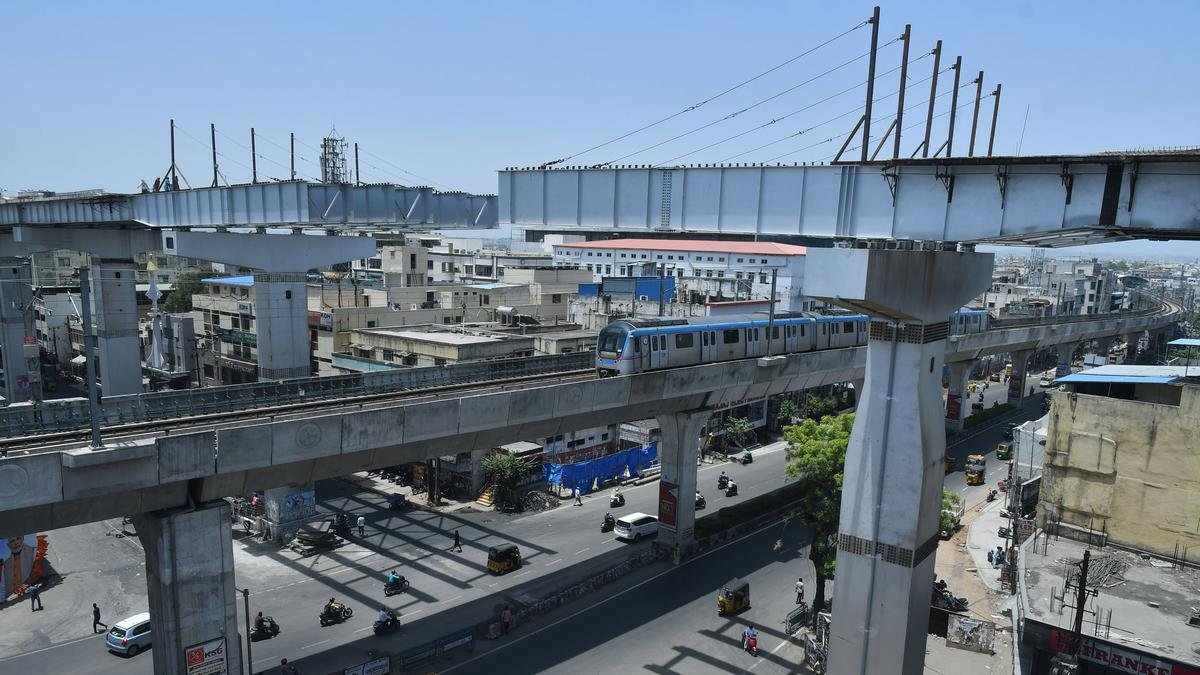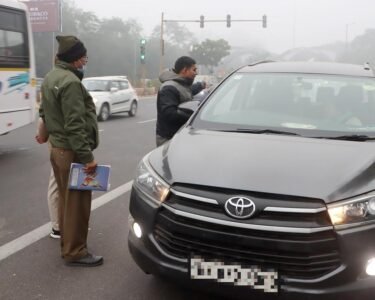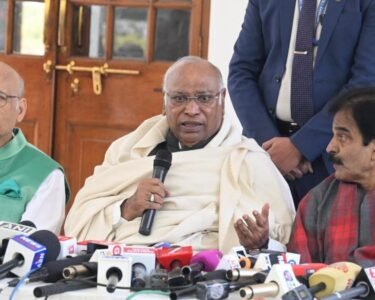- Coordination Challenges: Effective collaboration among various departments such as the water board, power utilities, national highways, roads & buildings, telecom, fire service, RTC, railways, and others is crucial. These agencies need to work together seamlessly to avoid delays, especially in obtaining approvals for essential processes like the ‘Right of Way.’
- Role of UMTA: The UMTA, established under the National Urban Transport Policy (NUTP), was designed to streamline and facilitate this kind of inter-agency coordination. However, it appears that UMTA has not been active or effective in recent times.
- Hyderabad Metro Rail’s Efforts: The Hyderabad Metro Rail has been proactive in trying to coordinate with other agencies, but without a unified authority like UMTA, these efforts can be slow and complicated.
- Revival of UMTA: Bringing UMTA back to life could help centralize decision-making and coordination, making it easier to manage urban transport projects, and reduce the risk of delays or conflicts between different agencies.
Potential Benefits of Reviving UMTA:
- Centralized Coordination: A single authority could oversee the collaboration between different agencies, ensuring that projects progress smoothly and on schedule.
- Improved Efficiency: Streamlining communication and decision-making processes can reduce delays in approvals and execution, particularly for complex projects that involve multiple stakeholders.
- Holistic Planning: UMTA can ensure that transport planning is done holistically, considering the needs and constraints of all relevant departments.
- Conflict Resolution: A unified authority can mediate conflicts between agencies, ensuring that all parties are aligned towards common goals.
- Long-term Vision: UMTA can help develop and implement a long-term strategy for urban transport that takes into account future growth and infrastructure needs.
Next Steps:
- Policy Review: Assess the current status of UMTA and identify the reasons for its inactivity. A review of the existing framework and policies can highlight the gaps that need to be addressed.
- Stakeholder Engagement: Engage with all relevant departments and agencies to understand their concerns and needs. This can help in designing a more effective UMTA.
- Legislative or Executive Action: Depending on the findings, it may be necessary to introduce legislative changes or executive actions to empower UMTA and ensure its effective functioning.
- Pilot Projects: Consider implementing UMTA on a pilot basis in a few key projects to demonstrate its effectiveness and build support for its broader application.
Reviving UMTA could be a significant step towards overcoming the coordination challenges in large-scale urban projects, ensuring smoother execution and better outcomes for all stakeholders involved.







